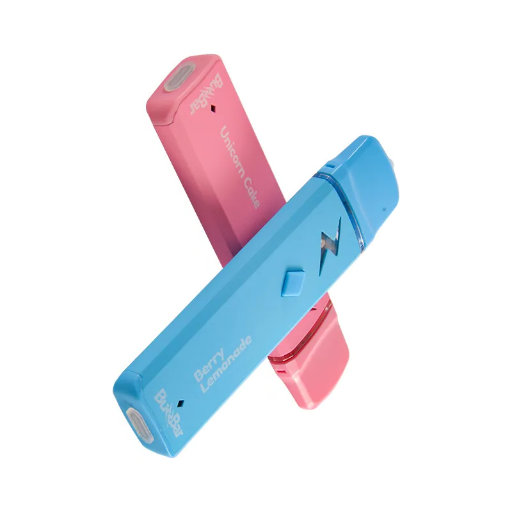Understanding the “Buzz” from Electronic Cigarettes
The “buzz” commonly associated with electronic cigarettes, or vapes, refers to the physiological and psychoactive effects experienced shortly after inhaling nicotine. This sensation is primarily driven by nicotine’s interaction with nicotinic acetylcholine receptors in the brain, leading to the release of neurotransmitters like dopamine, which contributes to feelings of pleasure and alertness.
Factors Influencing the Nicotine Buzz
Several elements contribute to the intensity and quality of the buzz when using an electronic cigarette:

- Nicotine Strength: E-liquids contain varying nicotine concentrations, typically measured in milligrams per milliliter (mg/mL) or as a percentage. Higher concentrations generally deliver a more pronounced and rapid buzz.
- Type of Nicotine:
- Freebase Nicotine: This is the traditional form of nicotine. At higher concentrations, it can produce a harsher throat hit, which some users prefer, while others find it irritating. The buzz can be potent but may feel different compared to nicotine salts.
- Nicotine Salts (Nic Salts): These are formulated with an acid (like benzoic acid) to lower the pH, resulting in a smoother throat hit even at high nicotine strengths. This allows for quicker nicotine absorption into the bloodstream, often leading to a more immediate and intense buzz, sometimes perceived as closer to that of a traditional cigarette.
- Device Power and Coil Configuration: High-power devices (mods) paired with sub-ohm coils vaporize more e-liquid per puff. This delivers a larger volume of nicotine in a shorter time, potentially intensifying the buzz. Lower-power devices, such as pod systems, are often optimized for nicotine salts and efficient nicotine delivery, even with less vapor production.
- Inhalation Technique:
- Mouth-to-Lung (MTL): This technique involves drawing vapor into the mouth first, then inhaling into the lungs. It’s common with lower-power devices and higher nicotine e-liquids, offering a more controlled nicotine intake.
- Direct-to-Lung (DTL): This involves inhaling vapor directly into the lungs, similar to taking a deep breath. It’s typical with high-power devices and lower nicotine e-liquids (due to the large vapor volume), and can result in a rapid, strong buzz.
- User’s Nicotine Tolerance: Individuals who regularly use nicotine develop a physiological tolerance. This means they may require higher nicotine concentrations or more frequent use to achieve the same level of buzz experienced when they first started. New users are typically much more sensitive to nicotine’s effects.
- E-liquid Formulation: Beyond nicotine, other ingredients like Propylene Glycol (PG) and Vegetable Glycerin (VG) can indirectly affect the experience. Higher PG ratios can enhance throat hit, which some associate with the overall sensation.
Achieving the Desired Sensation Responsibly
For New Users: It is strongly advised to begin with very low nicotine concentrations (e.g., 3mg/mL to 6mg/mL for freebase, or lower strength nicotine salts around 10-20mg/mL if choosing salts). This helps to assess individual sensitivity and avoid an overwhelmingly strong buzz, nausea, or other symptoms of nicotine overexposure.
Adjusting Intake: If a different intensity is sought, changes should be made gradually. This might involve cautiously trying a slightly higher nicotine strength or a different type of nicotine (e.g., switching from freebase to a low-strength nic salt, or vice versa). Modifying puff duration and frequency can also alter nicotine intake.
Important Considerations and Warnings
Nicotine is Highly Addictive: The “buzz” is a manifestation of nicotine’s psychoactive effects, which are central to its addictive potential. Chasing this sensation can quickly lead to nicotine dependence.
Risk of Nicotine Overdose (Nicotine Sickness): Consuming too much nicotine, especially too quickly, can lead to adverse effects such as nausea, vomiting, dizziness, headache, palpitations, and in severe cases, more serious medical issues. This is particularly a risk with high-concentration e-liquids or improper use.
Know Your Limits: Pay close attention to your body’s reaction. If you experience any unpleasant symptoms, cease vaping immediately and consider reducing your nicotine intake in the future. The goal should not be to achieve the strongest possible buzz, but to use these products responsibly if choosing to use them at all.
Device and E-Liquid Compatibility: Always use e-liquids appropriate for your device. High-strength nicotine salts are generally not recommended for use in high-power, sub-ohm devices as this can lead to excessive nicotine delivery.










